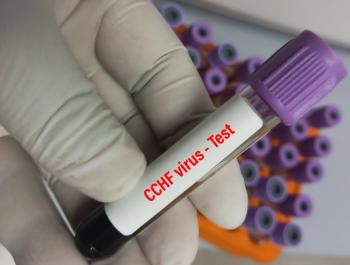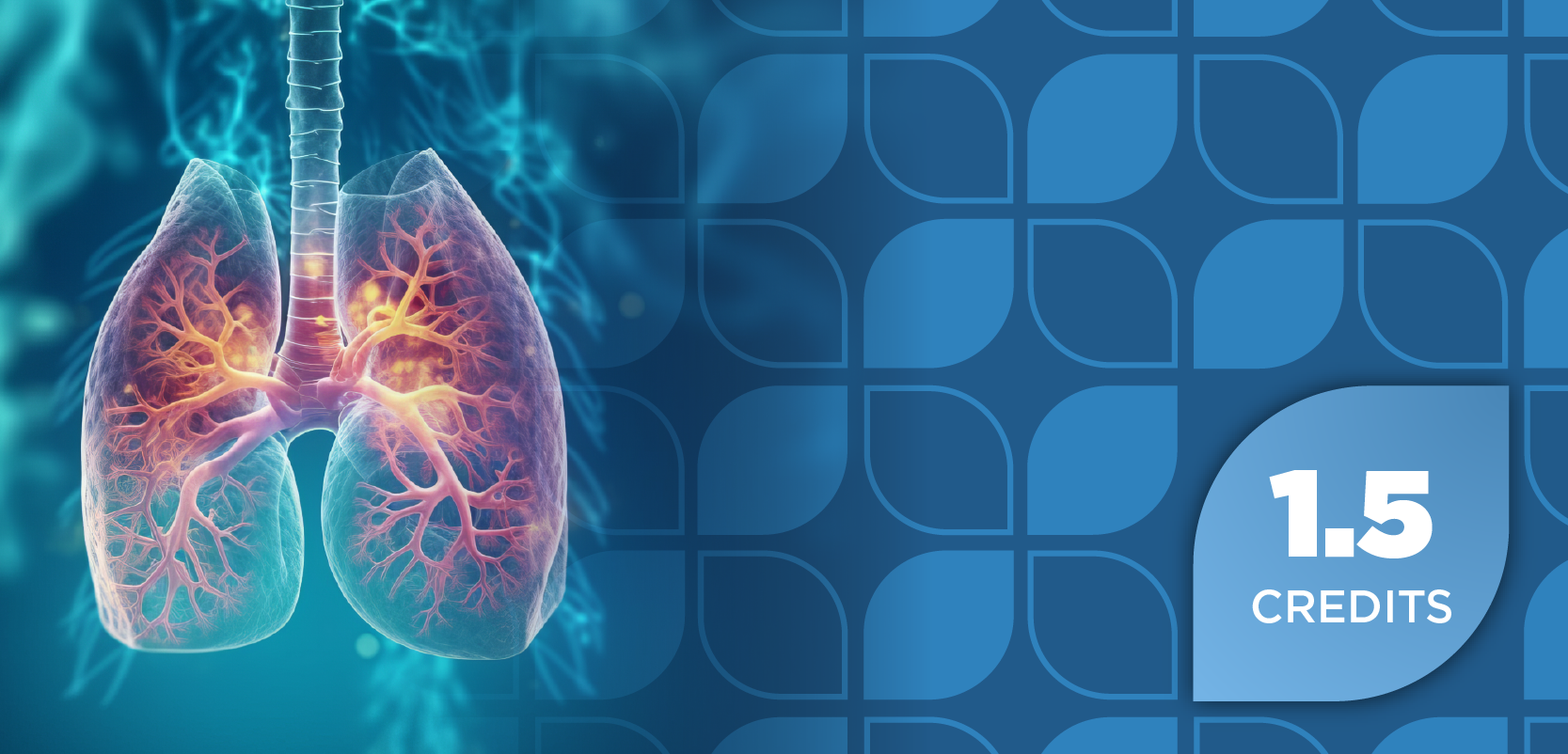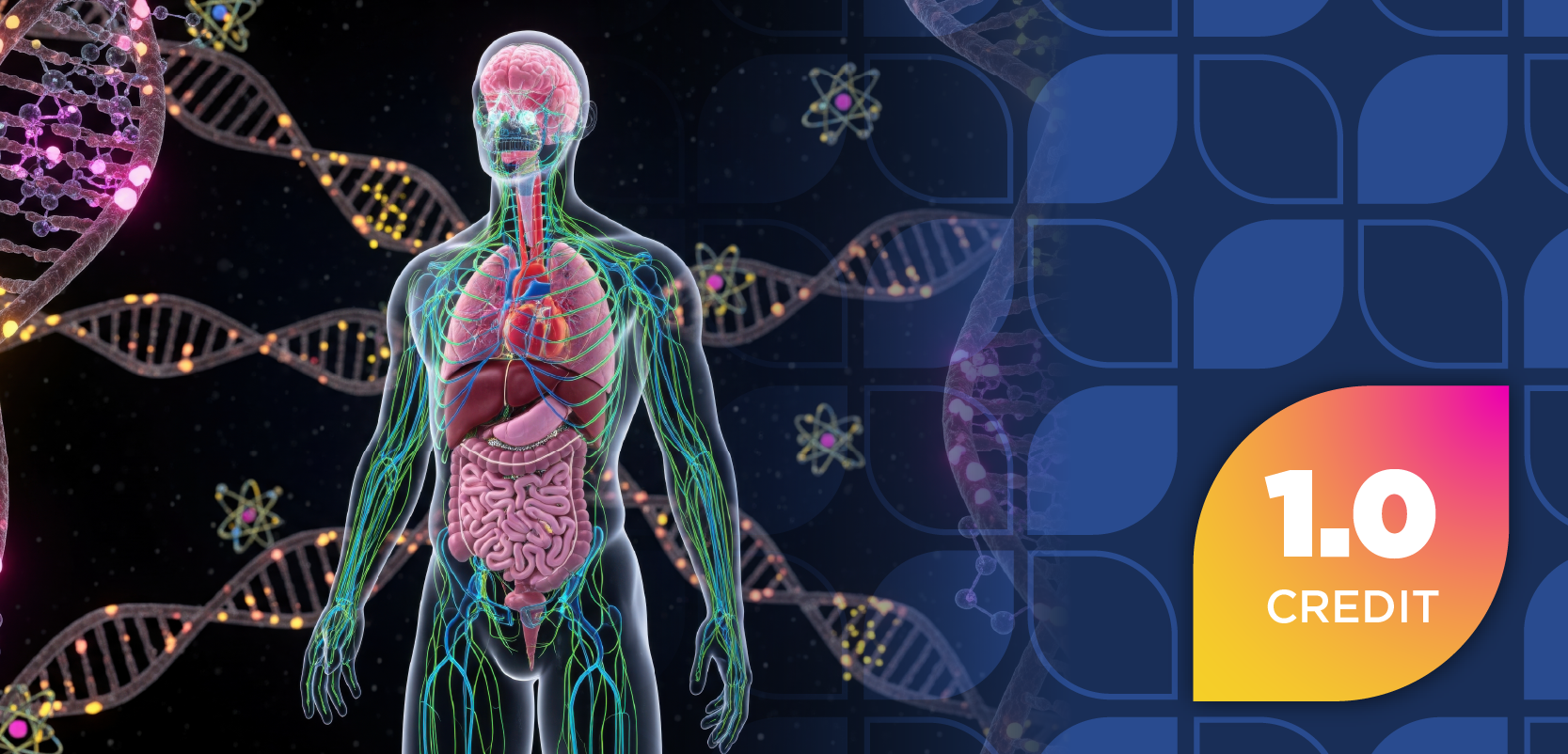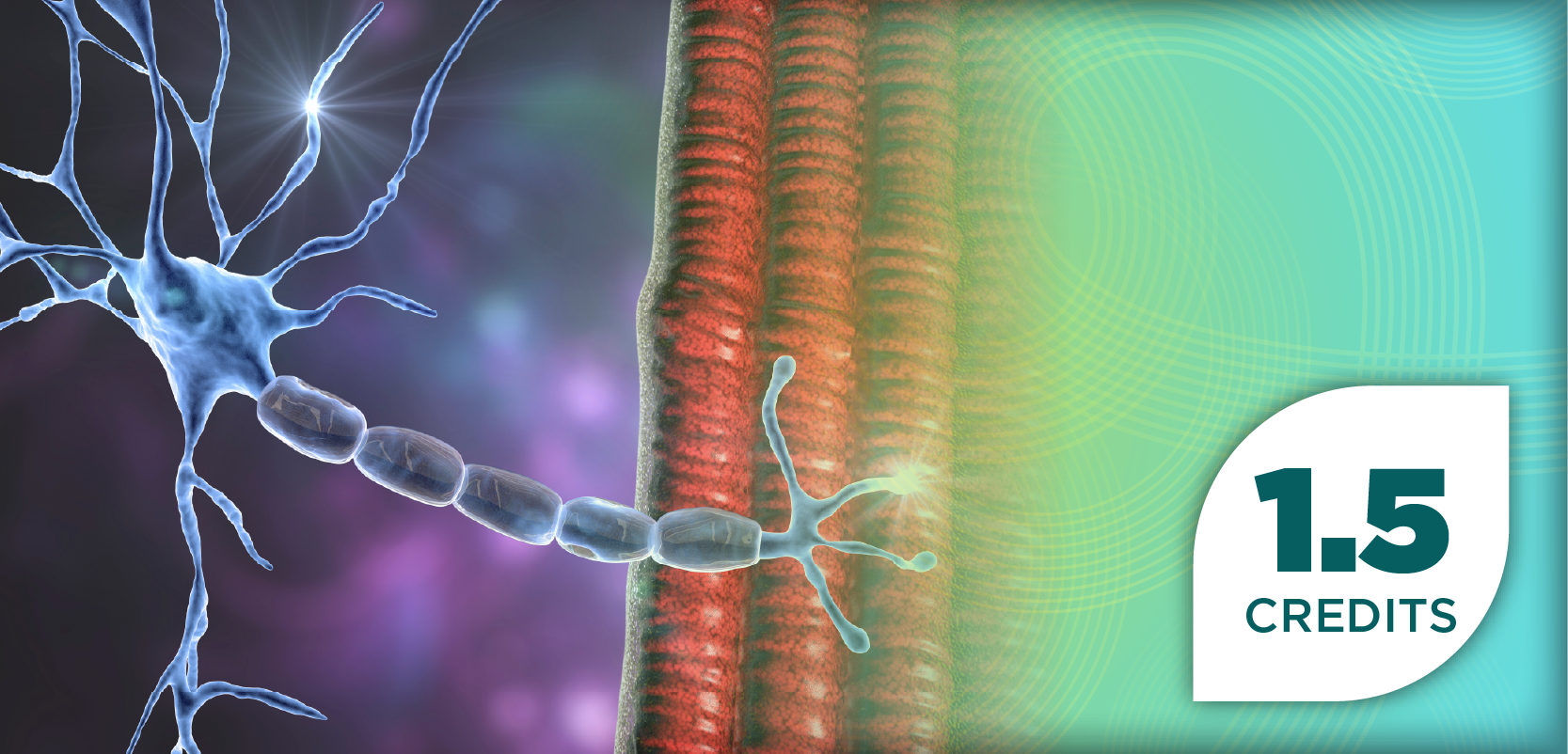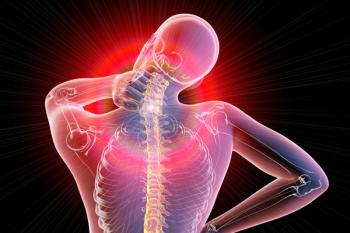
Busulfan Boosts Outcomes After ASCT in VRd-Treated Multiple Myeloma
Key Takeaways
- High-dose BUMEL conditioning with VRd therapy showed improved MRD-negative rates and PFS, especially in high-risk multiple myeloma patients.
- The GEM12 trial demonstrated a statistically significant higher MRD-negative rate with BUMEL (68%) compared to MEL200 (58%).
High-dose busulfan-melphalan enhances VRd therapy, improving progression-free survival in high-risk multiple myeloma patients undergoing ASCT.
High-dose busulfan-melphalan reinforced bortezomib (Velcade; Takeda Pharmaceuticals), lenalidomide (Revlimid; Bristol Myers Squibb), and dexamethasone (VRd) in patients with newly diagnosed multiple myeloma (NDMM), leading to a median progression-free survival (PFS) of 78 months and a 9-year overall survival rate of 66%.
ASCT has long been used to deepen responses after induction therapy in transplant-eligible patients. Melphalan at 200 mg/m² (MEL200) is the traditional conditioning standard, but retrospective analyses have hinted that combining busulfan with melphalan (BUMEL) could yield longer PFS. As modern induction regimens improve disease debulking before transplant, understanding whether intensified conditioning adds further benefit is increasingly relevant.1
GEM12 (NCT01916252)2 was an open-label, phase 3 trial that randomized a total of 458 transplant-eligible patients with NDMM who were assigned in a 1:1:1:1 ratio as part of a 2 × 2 factorial design that ensured balance with a related trial, GEM14 (NCT02406144).1,3
GEM12 adopted a reinforced triplet approach with VRd for both induction and consolidation. All patients received 6 intensified VRd cycles prior to ASCT and 2 additional VRd cycles afterward. At the time of transplant, patients were conditioned with either BUMEL or MEL200. The goal was to evaluate whether busulfan-enhanced conditioning could improve outcomes in the context of already potent VRD therapy.1
Of these, 230 patients received BUMEL and 228 received MEL200. The primary end point was PFS, supported by extensive subgroup analyses based on International Staging System (ISS) stage and high-risk cytogenetic features such as t(14;16) and del(1p).1
The trial measured depth of response using highly sensitive minimal residual disease (MRD) assessments, including MRD negativity at 10⁻⁶. Survival outcomes were tracked over a median follow-up of 8.4 years. Safety profiles were also carefully monitored to determine whether intensified conditioning introduced additional toxicity.1
Overall, the 10⁻⁶ MRD-negative rate was high across the study, reaching 63%. Rates were higher with BUMEL (68%) than MEL200 (58%), a statistically significant difference.1
Median PFS was 89 months for BUMEL and 73.1 months for MEL200, though the difference did not reach statistical significance in the overall population. Notably, subgroup analyses revealed clear advantages for BUMEL among patients with ISS stage 2 or 3 disease and those with high-risk genetic abnormalities. In patients with more advanced ISS stages who received BUMEL, PFS reached 96.5 months. Importantly, no safety concerns emerged with the busulfan-containing regimen.1
GEM12 demonstrates that BUMEL conditioning can deepen response and improve long-term outcomes for patients with more advanced NDMM. While overall PFS differences were modest, the benefits in higher-risk groups highlight a meaningful role for busulfan-enhanced conditioning within modern ASCT strategies.
REFERENCES
1. Lahuerta J, San-Miguel J, Jiménez-Ubieto A, et al. High-dose busulfan-melphalan vs melphalan and reinforced VRD for newly diagnosed multiple myeloma: a phase 3 GEM trial. Blood (2025). October 9, 2025. Doi:10.1182/blood.2025028313
2. Bortezomib (Velcade®), lenalidomide (Revlimid®) and IV busulfan (Busilvex®) in patients under 65 years old (GEM2012MENOS65). Clinicaltrials.gov. Updated September 27, 2017. Accessed November 26, 2025. https://clinicaltrials.gov/study/NCT01916252
3. Trial studying maintenance treatment with lenalidomide and dexamethasone versus lenalidomide, dexamethasone and MLN9708 after autologous hematopoietic stem cell transplantation in patients with newly-diagnosed symptomatic multiple myeloma. Clinicaltrials.gov. Updated November 30, 2017. Accessed November 26, 2025. https://clinicaltrials.gov/study/NCT02406144
Newsletter
Stay informed on drug updates, treatment guidelines, and pharmacy practice trends—subscribe to Pharmacy Times for weekly clinical insights.

